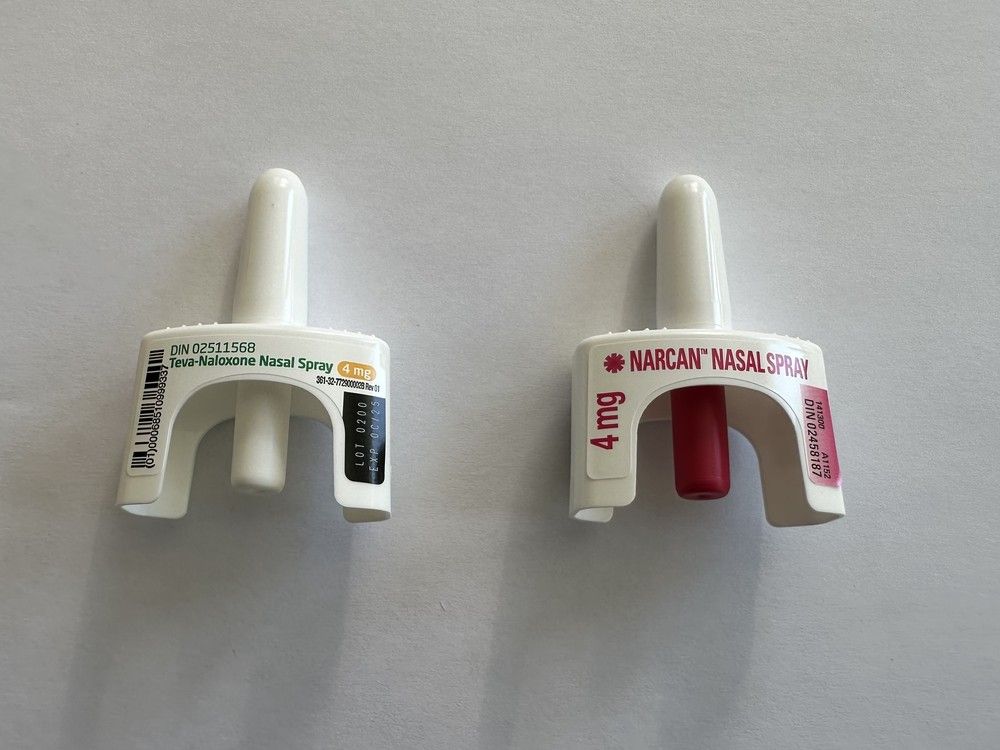
The jury examining the preventable, fentanyl-poisoning death of a University of Victoria student has begun deliberations on their recommendations for change, after hearing from 34 witnesses over 11 days of testimony.
Presiding coroner Larry Marzinzik told the five jurors, two men and three women, they must not assign blame for the death, but can propose recommendations “focused on addressing broader failures of systems and standards” involved in this case.
He said their suggestions should be “reasonable, practical and achievable.”
When Sidney McIntyre-Starko, 18, and a second student were poisoned by fentanyl-laced drugs in a UVic dorm in January 2024, their friends immediately called campus security and 911 for help. But Sidney died of oxygen deprivation after not receiving the overdose-reversing drug naloxone for 13 minutes or CPR for 15 minutes.
It is unclear how many recommendations the jury will make, and to which government agencies they will be directed. But they have revealed areas of interest in some of the questions they posed to witnesses.
Two Ministry of Health officials on Friday showed the jury a media-awareness campaign about the toxic drug supply and the tools available to try to keep people safe. Several jurors, though, asked what else is being done to reach young people directly, such as whether high school students would be trained how to use naloxone, but were told that isn’t being planned.
A juror asked if a school board could access 1,000 packages of the easy-to-use nasal naloxone, which is only available in B.C. as part of a limited pilot project, for education or training purposes for students. She was told there are not enough nasal doses available in B.C. for that type of distribution.

Right now, the vast majority of the public can only access the harder-to-use needle naloxone, which involves cracking open a glass vial, drawing the medication into a syringe and injecting a patient.
On Friday, an ICU doctor called by the coroner’s lawyer provided inaccurate testimony, which was never corrected, about nasal naloxone — which comes in a squirt bottle and is simply sprayed up the nose.
Instead, the jury was told the needle variety of naloxone could be injected into the nose.
“If a bystander is helping to resuscitate someone from an overdose, they would open up one of the vials, draw it up into one of the syringes, and administer it intranasally or, if so inclined, administer it intramuscularly as well,” said Dr. Daniel Ovakim, a medical toxicologist with the B.C. Drug and Poison call centre, located inside the B.C. Centre for Disease Control.
A lawyer for Sidney’s family tried to quickly clarify that nasal naloxone is a spray that involves “putting it up somebody’s nose and pressing a button,” but it’s not clear that brief exchange would have negated the previous testimony by Ovakim for the jury.
The toxic drug crisis is so pervasive in B.C. that is has become the leading cause of death for people age 10 to 59.
An official with the post-secondary ministry testified Friday that there had been three more fatal overdoses on campuses since Sidney died: one a toxic drug poisoning and two were suicides using prescription drugs.
Postmedia has previously reported there were 24 unintentional deaths due to drug toxicity on school grounds or post-secondary campuses in B.C. between 2016 and 2023.
The jury posed many questions , most of them focused on potential system changes, to B.C. ambulance executives and the American company that owns the computer software used by call-takers to navigate ambulance 911 calls.
The former Chief Medical Officer for B.C. Ambulance said in explosive testimony Friday that he left the service because of “quality and safety” concerns he believes need to be fixed, which also prompted many queries from the jury.
And they were interested in the testimony of an American cardiac-arrest specialist who spokes about a “no, no, go!” system used by some ambulance services, which immediately sends paramedics to an emergency before a dispatcher asks any more questions if the patient is unconscious or not breathing.
After the jury began deliberations Tuesday, Sidney’s mother, emergency physician Dr. Caroline McIntyre, said she was disappointed no basic information was provided at the inquest about how bystanders with no medical training should respond to an overdose, such as how to provide CPR to the patient.
McIntyre said she is also in “disbelief” that the jury heard needle naloxone could be injected up someone’s nose, and that clarifying information was not clearly provided to the jury.

Dr. Holly Workman, who did not testify at the inquest, told Postmedia on Tuesday that naloxone provided for the needle kits “should not be injected or poured into someone’s nose” because it would not be absorbed properly. And the strengths of the doses used by the two delivery types are very different because they enter the body in different ways.
“Using the injectable naloxone in the nose is unlikely to be effective. The dose is too low and the liquid probably would not hit the area of the nose high in blood vessels,” said Workman, a family physician who worked in addictions medicine from 2013 to 2024.
Workman said, even if bystanders don’t have naloxone, they can use rescue breathing — mouth-to-mouth resuscitation, CPR face shield or bag-valve mask — to keep someone alive until first responders arrive. If the patient continues to not breathe, then chest compressions may be required to get the heart beating again.
The jury members are expected to return with their recommendations at some point this week.
Related